by Francois Nicoullaud
The results obtained in Lausanne on April 2 in the negotiation between the P5+1 (the five permanent members of the Security Council plus Germany) and Iran represent an outstanding landmark in the long process initiated by the first contacts in 2012 between Iran and the United States under the aegis of the Sultan of Oman. This process was bolstered by the November 24, 2013 Joint Plan of Action establishing the method, the accompanying confidence-building measures, and the end goals of the negotiation of a comprehensive agreement on the Iranian nuclear program. Now, the Lausanne arrangements appear to have removed a significant number of stumbling blocks on the way to such an agreement, allowing us at long last to see the light at the end of the tunnel. Reached through exceptional efforts by the American and Iranian delegations, it can be hailed as a success of the U.S. team led by Secretary of State John Kerry, which displayed an extraordinary amount of perseverance, imagination, and initiative to circumvent Iranian resistance and finally win the day.
At the same time, an analyst owes the truth to its readers. Two documents seem to constitute the visible bulk of the Lausanne arrangements. First, a Joint Statement read successively to the press by EU High Representative Federica Mogherini and Iranian Foreign Minister Javad Zarif; second, a document issued almost simultaneously by the US State Department Press Office, and entitled “Parameters for a Joint Comprehensive Plan of Action (JCPOA) regarding the Islamic Republic of Iran’s Nuclear Program.” The first one is rather short and drafted in general terms. The second is much more detailed, with precise figures, percentages, and time spans, such as the number of first-generation centrifuges allowed to spin over a period of 10 years, or the maximum stockpile of low enriched uranium (3.67% at most) allowed on Iranian soil over a period of 15 years.
Of the two documents, only the first can be considered as being formally agreed by all the parties. The second has been issued unilaterally, under the sole responsibility of the American side. We presume of course that American diplomacy behaves in a responsible way and, therefore, that the Iranian delegation has judged the numerous parameters listed in this document as at least acceptable. But this is the most that we can say. The first paragraph of this second document underlines that these key parameters have been “decided in Lausanne” but does not say by whom exactly. It reminds the reader that these parameters “form the foundation upon which the final text of the JCPOA will be written between now and June 30, and reflect the significant progress that has been made in discussions.” Needless to say, in diplomatic language, there is still a long way between “significant progress in discussions” and a real agreement. And the paragraph concludes with the now consecrated formula: “nothing is agreed until everything is agreed.” In other words, at this point in time, nothing is agreed.
As for the short Joint Statement, which reflects the common understanding of the parties, it speaks indeed of solutions reached on “key parameters,” thus alluding to the American document. But it does not say explicitly that all the delegations have agreed to these solutions. On the positive side, however, the Iranian authorities have not yet raised any formal protest following the publication of the “Parameters” document, which contrasts with what happened in November 2013 after the Americans had issued a similar document giving their own vision of the Joint Plan of Action just agreed upon. This time, Iranian Foreign Minister Zarif tweeted that “The solutions are good for all, as they stand. There is no need to spin using ‘fact sheets’ so early on.” This can be read as a veiled critique of the “Parameters” document but not as an outright rejection. It should also be kept in mind that the Supreme leader, Ali Khamenei, publicly dismissed last February the idea of a two-stage deal, thus preventing the Iranian delegation from joining in Lausanne any kind of interim detailed agreement. All in all, these parameters can certainly be considered as a kind of resource bank for building the final agreement and a basis for discussion for all the parties. But obviously the road to the comprehensive, detailed agreement expected at the end of June will still be hard, bumpy, and full of booby traps.
At the present time, the indisputable bedrock on which the Parties are invited to build an agreement consists only of the formulas found in the Joint Statement:
- “Iran’s enrichment capacity, enrichment level and stockpile will be limited for specified durations… there will be no other enrichment facility than Natanz;”
- “Iran’s research and development on centrifuges will be carried out on a scope and schedule that has been mutually agreed;”
- “Fordow will be converted from an enrichment site into a nuclear, physics and technology centre…There will not be any fissile material at Fordow;”
- “a modernized Heavy Water Research Reactor in Arak …will not produce weapons grade plutonium;”
- “A set of measures has been agreed… including implementation of the modified Code 3.1 and provisional application of the Additional Protocol;”
- “The EU will terminate the implementation of all nuclear-related economic and financial sanctions and the US will cease the application of all nuclear-related secondary economic and financial sanctions, simultaneously with the IAEA-verified implementation by Iran of its key nuclear commitments;”
- “A new UN Security Council Resolution will endorse the JCPOA, terminate all previous nuclear-related resolutions and incorporate certain restrictive measures for a mutually agreed period of time.”
This is already plenty, enough to characterize the Lausanne arrangement as a success, and to be optimistic about the final result.
One concluding remark. A silence looms large over the results of the Lausanne meetings. Why do we not find in any of the available documents or the flow of accompanying declarations produced in Lausanne at least a signal encouraging Iran to consider ratifying the Comprehensive Nuclear Test Ban Treaty (CTBT), which forbids all kinds of nuclear explosions for military as well as civilian purposes? As we know, Iran was among the first countries to sign this treaty in 1996 but has not yet ratified it. Its ratification within the framework of the future Comprehensive Plan of Action would be an overwhelmingly positive indication for the international community and provide an added solemn guarantee about the peaceful intentions of Iran in the nuclear field. There is an explanation, of course, for this strange neglect. Two members of the P5+1 group, whose ratification of the Treaty would help it enter into force, still hold back on their own decision: China and the United States. This is how it goes with non-proliferation.

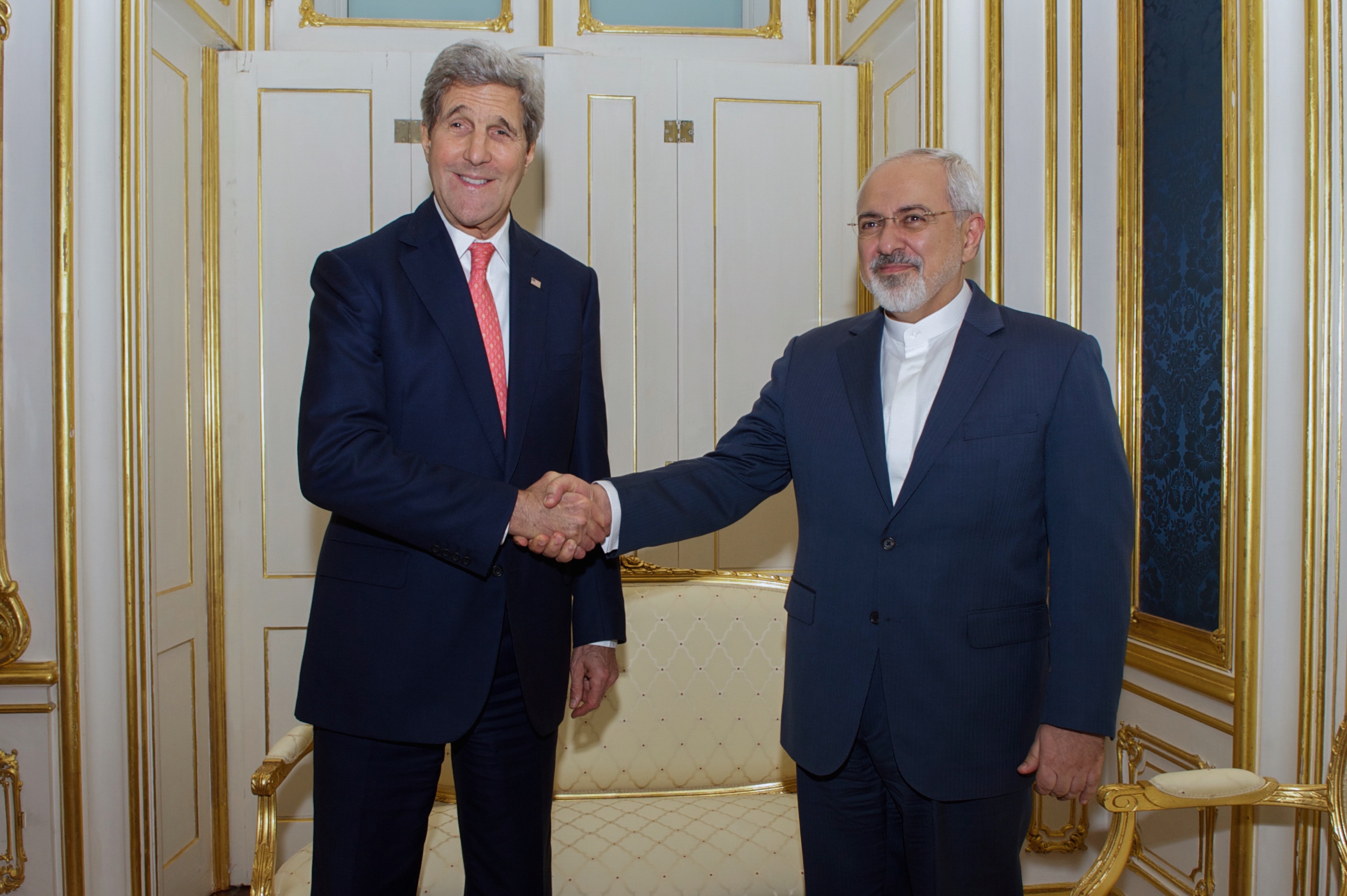
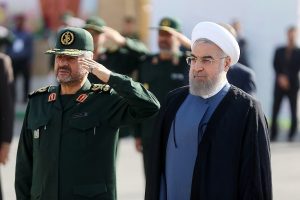
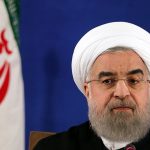
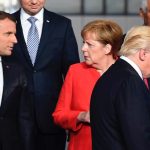
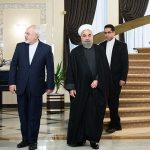
Just wondering what if Iran wants to get into the monopolized by special group the market of energy for power planets. That mean restriction to the numbers of centrifuges is irrelevant.